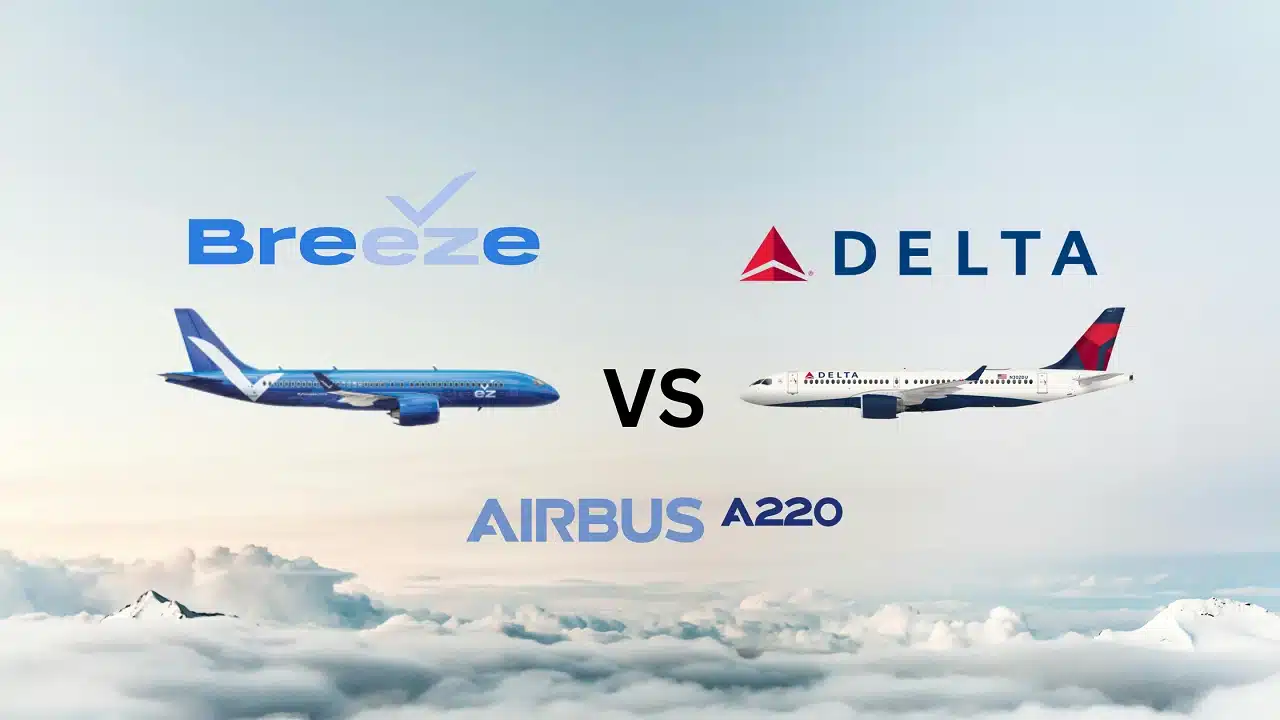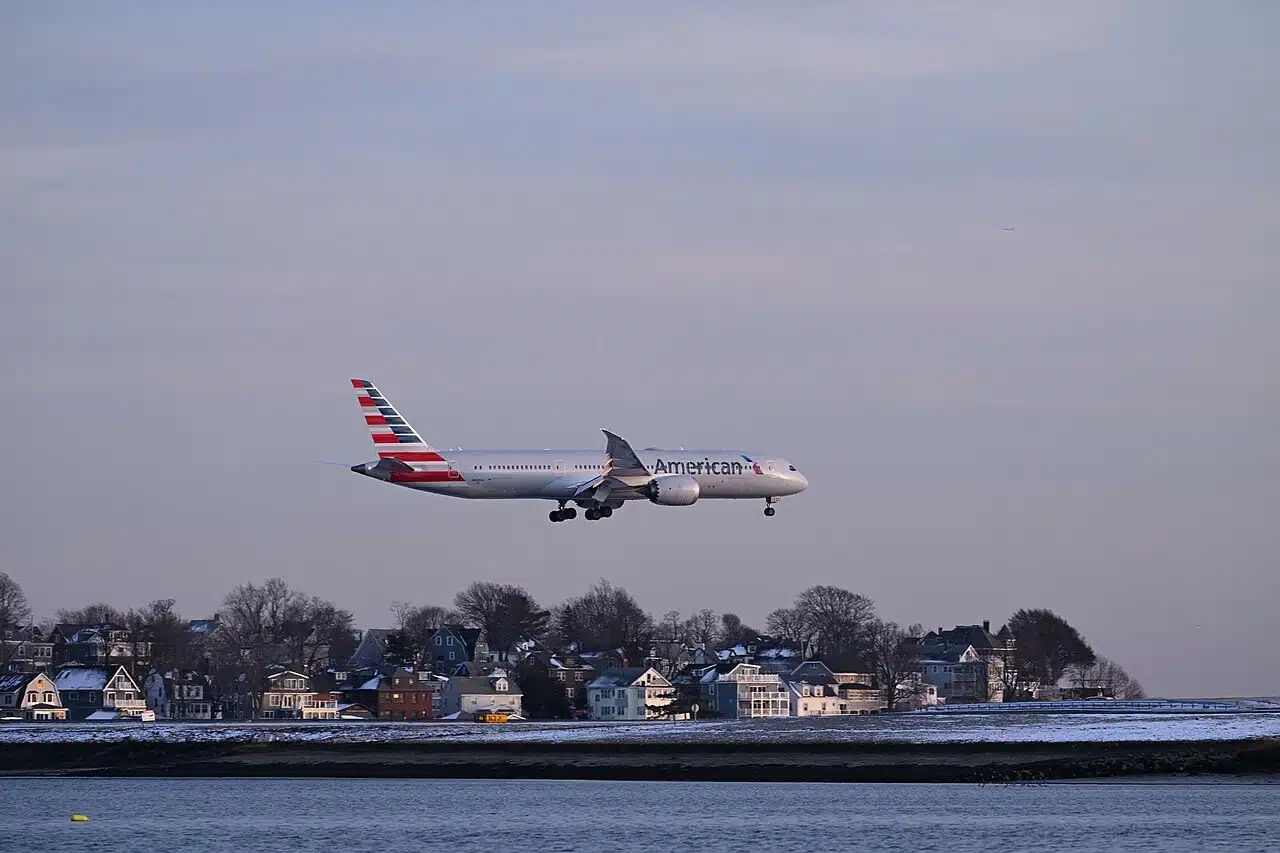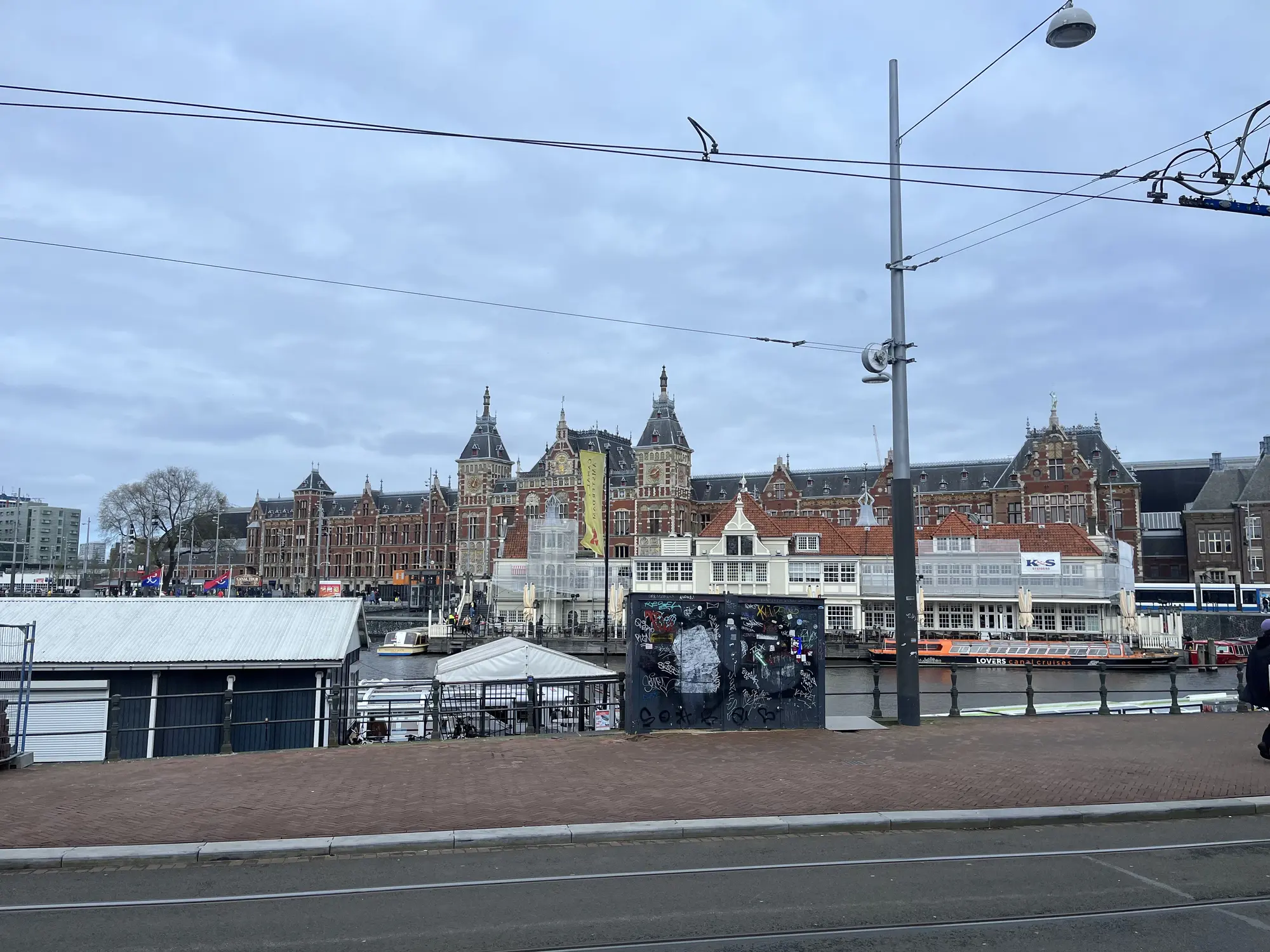


The Boeing 787 is typically used on long-range international flights however both American and United Airlines use it for some domestic routes.
Have you ever wanted to fly on a Boeing 787 Dreamliner but didn’t want to take on the costs of buying an international ticket fare? Well, you’re in luck. There are routes within the United States that airlines do fly the Boeing 787, allowing you to experience the best of what the Dreamliner can offer.
The Boeing 787 is a long-range aircraft best suited for international travel across oceans. It is very comfortable to fly on because it was designed for long-distance travel.
However, it is an aircraft type that won’t find many flights domestically, but there are some out there that you can purchase tickets and experience the comfort you will receive flying on the 787 internationally without the time suck and without paying as much money.
In this guide, we’ll analyze the appeal of flying on a Boeing 787, discuss why airlines decide to use this widebody on domestic routes, and finally showcase some of the domestic flights that we’ve seen the Boeing 787 Dreamliner being used on.
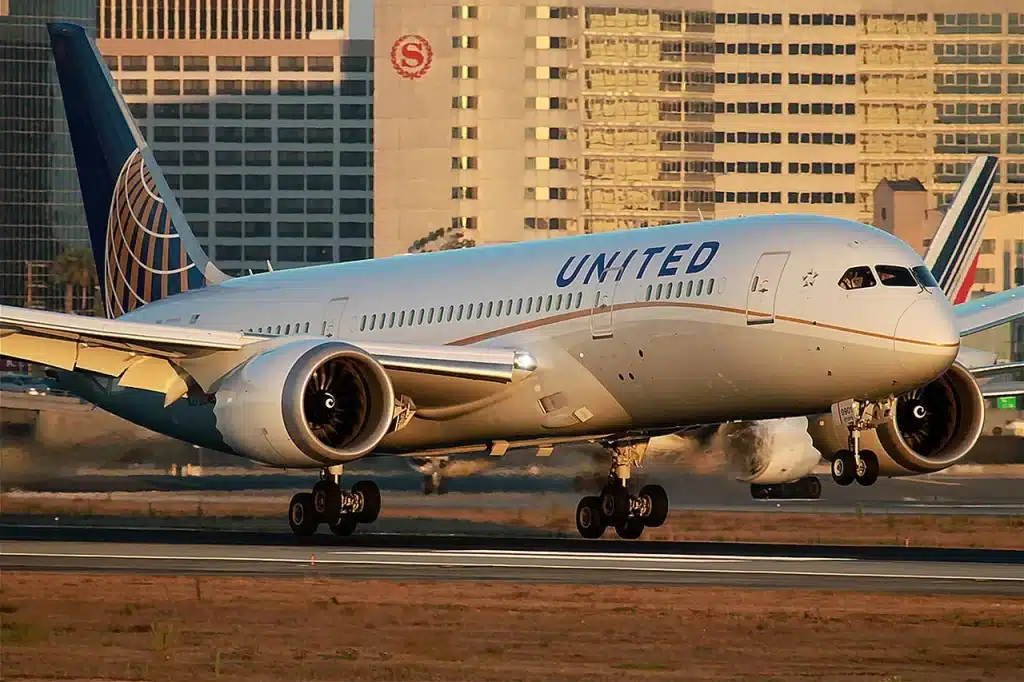
The Boeing 787 Dreamliner is Boeing’s newest widebody aircraft. It is comprised of Boeing’s latest technologies for flight efficiency and maximizes the comfort of its passengers.
The issue for individuals wanting to fly on the Boeing 787 is that the aircraft is meant for ultra-long-range travel. The Dreamliner is more than capable of flying across oceans and to all continents of the world. The airplane has a maximum range of 13,000 miles and can fly for close to 18 hours without having to refuel.
This means that passengers seeking to fly on this aircraft will have to seek a flight to an international destination as well as endure a potentially long flight to experience the best of what the aircraft has to offer. However, this is probably the best way to get the true experience of the 787 but for an ordinary person that has limited time and budget, might not be feasible.
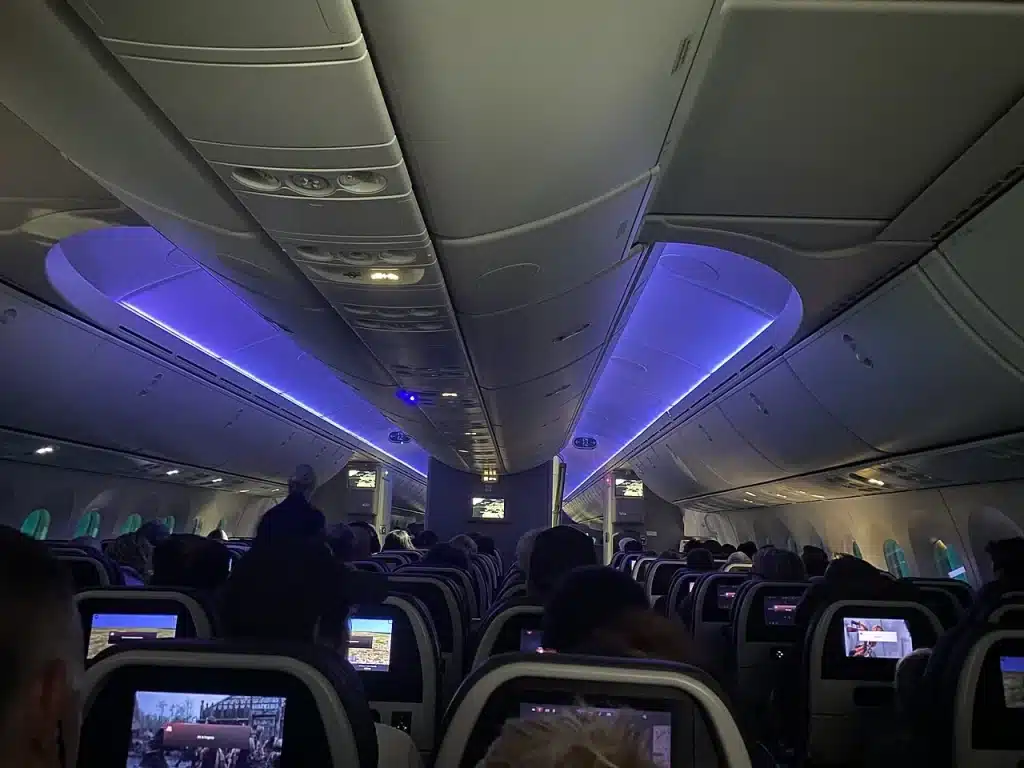
With amenities such as ambient mood cabin lighting, self-dimming window shades, and a quiet cabin absent from engine noise, the 787 offers an experience that you can’t find on any other normal domestic aircraft like a Boeing 737 or Airbus A320.
For domestic travelers wanting to shell out more money to get an enhanced flight experience, the two air carriers that fly the 787 domestically, American Airlines and United Airlines, each provide first-class and business-class seating arrangements on board the aircraft that features a raised level a service that you won’t get on a normal domestic route between two major cities.
This will make city-to-city flights throughout the United States more comfortable compared to what you would get on the same route with an airline like Spirit Airlines or Frontier Airlines, which don’t have any first-class options.
If you want to learn more about some of the amenities and flight comfort you can experience on a Boeing 787 Dreamliner, please read our flight review of Norse Atlantic Airways Boeing 787 flight between London and New York.
Since the Boeing 787 is meant to be used on ultra-long-range international flights, why would U.S. air carriers decide to use this type of aircraft on domestic routes?
It would seem like an inefficient use of the aircraft especially considering these operators have access to planes better suited for domestic travel.
The answer comes down to a practice by air carriers called aircraft repositioning as well as learnings from the COVID-19 Pandemic.
Aircraft repositioning is conducted by air carriers when the airline needs to move one of its aircraft from one airport to another so that the plane can fly a revenue route from that new airport to maintain the airline’s flight service.
Without repositioning flights, that would make every single route flown by airlines would need a return route to be scheduled. That means the potential for log jams at the gate and cancellations will increase due when any maintenance or weather issues arise.
So repositioning flights is super necessary to free up gate space when an aircraft is needed elsewhere to conduct a revenue flight or when an aircraft breaks down or is running late.
In the case of American Airlines & United Airlines Boeing 787s, since the aircraft can fit close to 300 people per flight, it makes sense for each airline to conduct repositioning flights that generate revenue.
There are only so many Boeing 787s in service for each airline. United Airlines has a total of 70 Boeing 787s and American Airlines has 59 of this aircraft type in its inventory. Both of these airlines fly close to 100 international destinations. There aren’t enough Boeing 787s to cover all these flights as well as return flights which makes aircraft repositioning flights necessary.
Also, some international routes are not flown every day so it doesn’t make sense to leave aircraft at the gate waiting for the return flight to begin when they can be used for a revenue flight to a destination elsewhere.
During the COVID-19 pandemic, international travel ground to a halt. That means airlines operating widebody aircraft were forced to either keep their widebody aircraft grounded or force them to fly domestic routes to generate revenue.
Luckily for these airlines, although the demand for international travel was nonexistent, the demand for domestic travel was still apparent. Airlines like United and American began operating their widebodies on domestic routes between larger cities or between company hubs.
This practice has remained in place ever since the pandemic came to an end. It honestly makes perfect sense especially if the route is highly demanded.
For example, United’s Newark to Los Angeles route utilizing the Boeing 787 Dreamliner is a perfect revenue-generating flight. Newark is closely located to New York City and Los Angeles is a popular travel destination in California. Both of these destinations are found near major business centers in the United States, and both are popular tourist destinations. The overall market for this flight is pretty broad.
If you can fly 1 or 2 routes on a 787 that holds 300 people and has premier first-class accommodations which the company can market and charge more for a single ticket, that will lead to more revenue per flight as well as greater efficiency compared to a normal domestic flight flown by a narrowbody airliner.
Utilizing a narrowbody aircraft might take 1 or 2 flights to generate the same amount of revenue as a single 787 flight. With more daily operations needed by a narrowbody plane to create the same amount of revenue, also means more gas and more employees needed to help service that route increasing the operation costs.
In the long run, a widebody aircraft designed for international routes may be an inefficient use for a domestic flight, however, that isn’t the case. You obviously can’t fly the 787 on every single long-range domestic flight multiple times a day, but used as a supplement to narrowbody aircraft might be the perfect mix to make a longer domestic route more profitable for the airline.
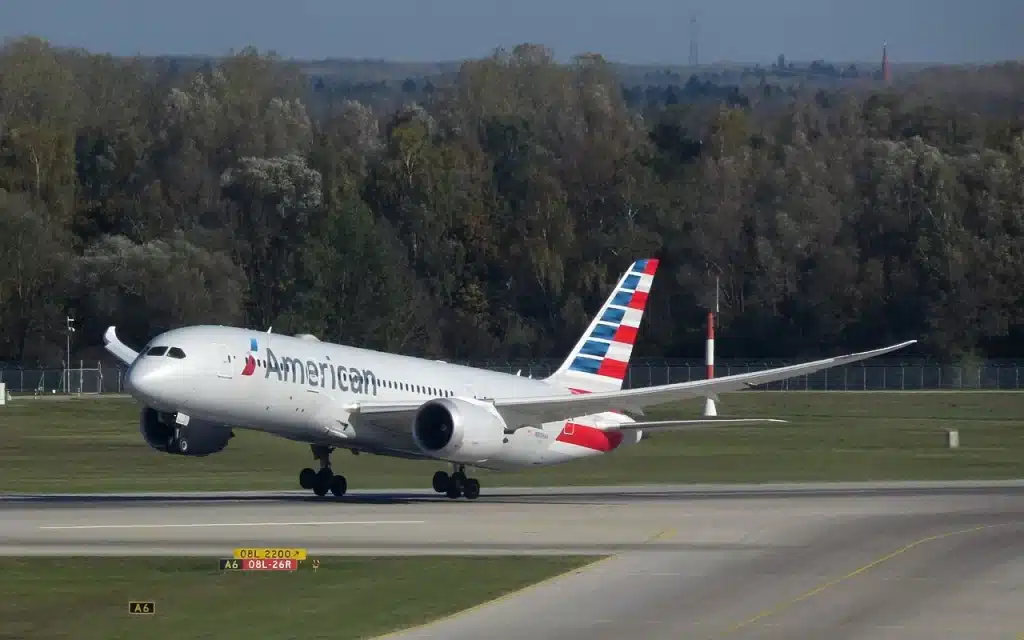
The two airlines in the United States that operate the Boeing 787 Dreamliner are United Airlines and American Airlines. These two airlines are about to be joined by Hawaiian Airlines, which plans to begin service to and from Hawaii using Boeing 787s.
As of October, we’ve analyzed both American Airlines and United Airlines domestic routes and identified the 7 routes that we’ve seen each company has used a Boeing 787 Dreamliner on.
| Airline | Aircraft Type | Departure Destination | Arriving Destination |
| United Airlines | 787-10 | Newark (KEWR) | Los Angeles (KLAX) |
| United Airlines | 787-10 | Chicago O’Hare (KORD) | Los Angeles (KLAX) |
| United Airlines | 787-900 | Houston (KIAH) | San Francisco (KSFO) |
| United Airlines | 787-10 | Chicago (KORD) | Honolulu (PHNL) |
| United Airlines | 787-800 | Washington – Dulles (KIAD) | San Francisco (KSFO) |
| American Airlines | 787-800 | Miami (KMIA) | Dallas Fort Worth (KDFW) |
| American Airlines | 787-800 | Miami (KMIA) | Philadelphia (KPHL) |
| American Airlines | 787-800 | Miami (KMIA) | Los Angeles (KLAX) |
https://www.planespotters.net/airline/American-Airlines


